Call Us Now
+8615914489090

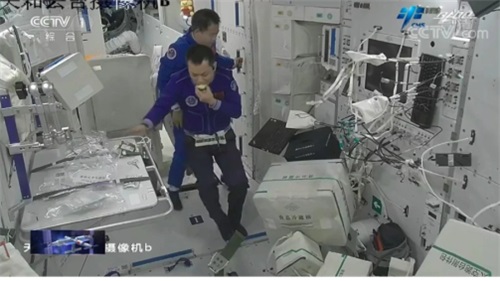
As of June 23, the three Chinese astronauts Nie Haisheng, Liu Boming, and Tang Hongbo have lived in my country's space station for 6 days. In these 6 days, their work can be said to be extremely busy. From the picture announced on the 18th, we can see that in the morning, three astronauts were eating breakfast, and the packages were about to be opened, and a large number of restraint belts could be seen floating in the space station. By the 23rd, basically the packages in the core module had disappeared. What we can see is that the astronauts have arranged national flags and party flags, and monitors have been installed on the top of the core module. The outer space suit has been unpacked and tested. .
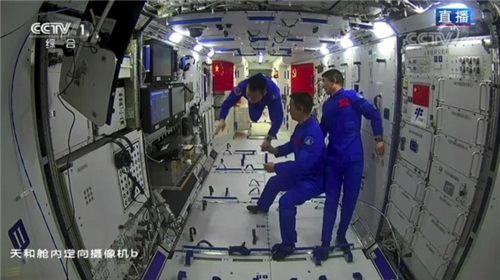
In fact, the astronauts unpacking packages these days are not as simple as we imagined, or they will be unpacked as soon as the express arrives at home. Because the new Tianhe core cabin has changed from the one-bedroom Tiangong laboratory to a large flat floor, but its space is still limited. If there is no material management system for the space station, it will be a big mess. At this point, the United States’ International Space Station has had problems.
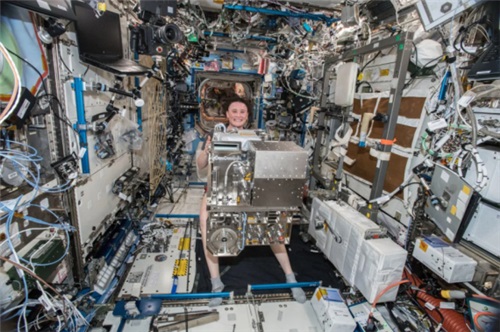
The International Space Station has been in operation for more than 20 years since its establishment, and the total transportation and management materials have exceeded 500,000 pieces, which is an extremely large number. The actual international space station has a material management system, that is, a bar code-based material information query system. Astronauts use barcode readers to scan the barcode labels on the packages one by one to obtain cargo information, and update the material information management database through wireless or wired means to realize the identification of material information on the space station orbit. These material information management databases are stored on the space station’s laptops and ground computers, and the files are updated through uploading and downloading.
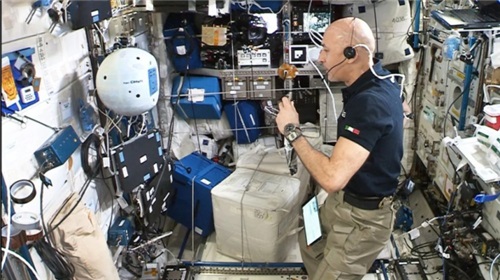
However, this system is flawed. The most important drawback is that it cannot achieve accurate positioning after cargo registration. Therefore, the astronauts of the International Space Station each spend at least 20 minutes a day studying the material system. Their biggest problem is to find out what items are stored on the space station, where are these items stored, and when they are used as planned. Such trouble means that a large number of materials are missing or damaged. According to statistics, about 3% of space station materials are missing. For example, in 2006, the four purification tanks used to purify space suits were completely missing from the space station.
The main improvement of the new material management system of my country's space station is the use of RFID radio frequency identification technology, that is, all materials have RFID tags composed of ultra-thin microchips and antennas embedded in plastic sheets, fiber paper and other materials. Compared with the barcode system of the International Space Station, RFID radio frequency identification technology realizes batch, fast and accurate automatic identification, and the operation is quick and convenient.
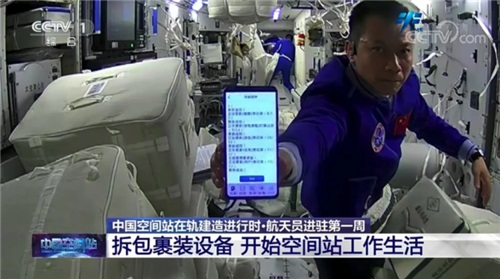
Especially through this new radio frequency identification technology, the material has dynamically changed information from a single bar code in the past. After astronauts scan materials through mobile phones, tablets and other devices, they can realize the update of information such as material entry, retrieval, position movement, etc., so as to realize the digitalization of material management, which can greatly reduce the workload of cleaning materials. This is also an orderly basis for Chinese astronauts to clean up the core module within six days.
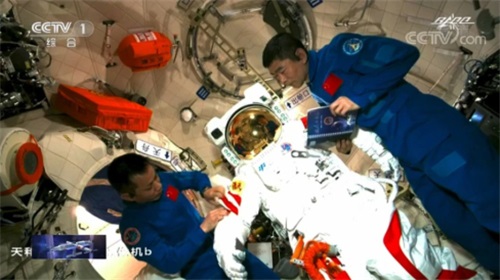
In fact, the so-called material management system is part of my country's space station information system. Its purpose is to ensure the communication support for astronauts’ life and work and the ability to perceive the status inside and outside the cabin through the unified construction of the space station information system, and improve the space station’s The management level reduces the non-essential workload of the astronauts and allows them to achieve more meaningful space results. It is conceivable that with the gradual development of my country's space station and the increase in foreign cooperation, China's space station standards will become a new benchmark for human space activities.